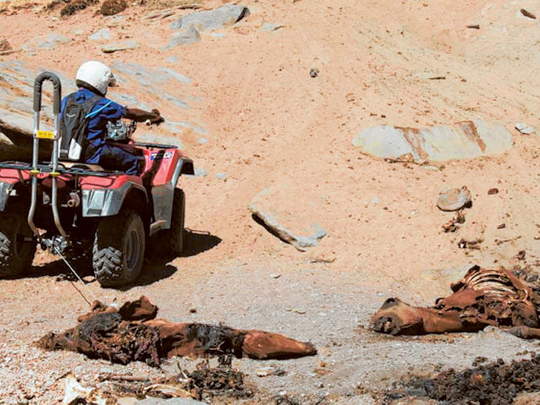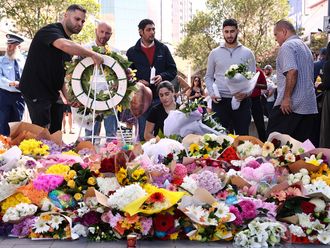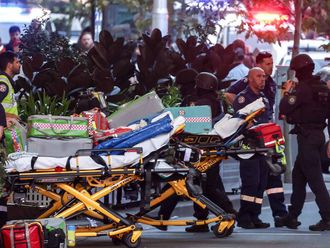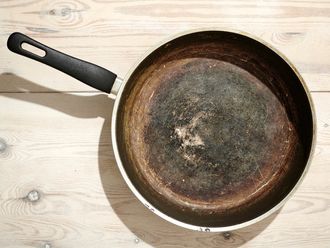
Sydney: A controversial cull of up to 10,000 wild horses in Australia’s harsh Outback reportedly began Wednesday in a bid to control the feral animals, which officials say are destroying the land.
The Central Land Council said animals - including horses, donkeys and camels - were dying in their thousands due to a lack of food and water and a cull was necessary on humanitarian and environmental grounds.
They also argue that the destruction of water holes by the large animals was having an impact on native species which rely on the same drinking sources.
A council spokeswoman refused to confirm to AFP that the cull had begun due to sensitivities about the plan.
But the Australian Broadcasting Corporation said it had started and a public health and safety warning had been issued telling people to steer clear of an area about 300km southwest of Alice Springs.
The animals will be shot from helicopters under a government-funded scheme expected to last until mid June.
News of the cull this month sparked protests from horse lovers but the council insisted it was necessary, arguing that the horses, and camels, were suffering and dying and polluting waterholes.
“Nobody wants to see suffering, especially the traditional owners of the land who love the horses but are well aware of the terrible consequences of out-of-control populations,” council director David Ross said earlier this month.
“We want to undertake an aerial cull of horses on one particular area where there are about 10,000 feral horses suffering terrible and slow deaths and destroying the country for years to come. The damage is catastrophic.”
Ross said aerial culling was the most humane way of dealing with the animals given it was not possible to muster horses over thousands of square kilometres with few roads and no yards.
He said it was also not practical or satisfactory to muster and then truck the horses 1,500 kilometres to the nearest abattoir.
Ross said he understood the protests against the cull, but said he had heartbreaking footage taken by motion-sensor cameras of horses dying in terrible circumstances.
The feral horses are recognised as descendants of the Waler horses bred in colonial times in New South Wales, and later exported to the British Army in India and used by the Australian Light Horse in World War I.
The Waler Horse Society of Australia has protested the aerial cull, although it agrees the population needs to be controlled. It wants an annual muster of horses for selective culling.












